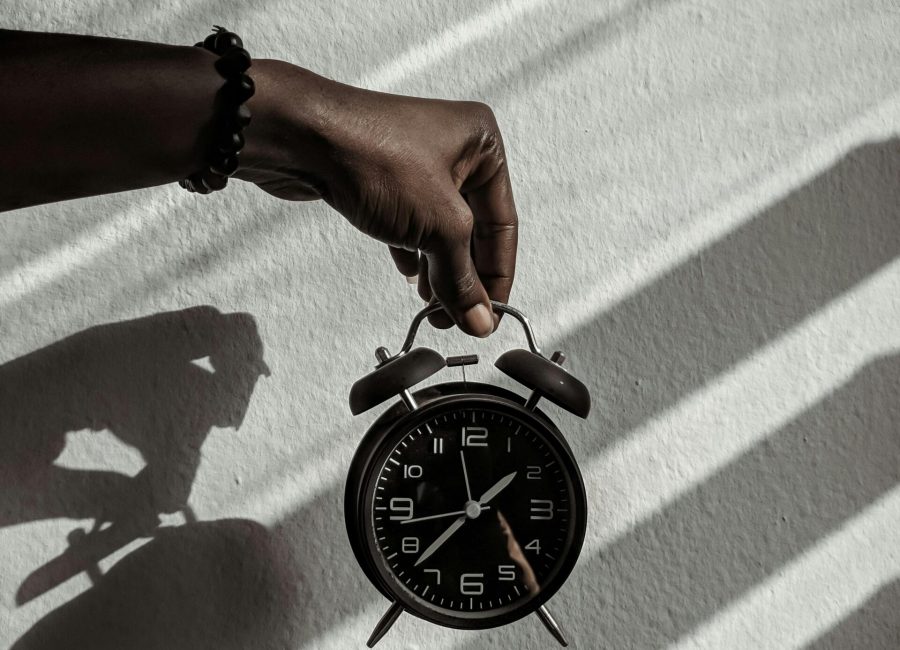When I read the financial and business press, I’m reminded of of the media contributes to the gap in the financial literacy of women, but also what easy fixes can be done to close it.
We know women make the bulk of consumer purchases but they are less active than men when it comes to engagement on actually building their wealth through financial products and investments, according to the Australian Government’s Financial Literacy report on Women Understanding Money.
In general, Australia’s leading business and financial online and print news lack female voices, from senior journalists writing breakout opinion pieces to the people interviewed in these articles.
This is largely a global issue, and it means that for all the news that highlights pay equality, parental pay, financial abuse, superannuation imbalances, and there being less women in senior leaderships, there are fewer voices that understand why these issues matter to female readers.
Research conducted by Danielle Wood from the Grattan Institute and published in Women’s Agenda found that almost 75 per cent of the 1500 weekday opinion pages were written by men.
The Fairfax owned Australian Financial Review was sadly deemed to have the worst level of female representation.
But it goes further than this because the imagery used to sell stories, mainly features men – be they men in senior leadership, deal makers or traders.
This creates a situation where some, and not all, female readers struggle to relate to financial and business content, and are then less inclined to click on or pick up stories if they don’t feel there’s going to be something in it for them.
Indeed it’s exactly the same reason why men don’t pick up well known women’s magazines – unless it “just so” happens to be around.
Ms Wood also notes that the “poor representation of opinion pages means less scope for women to influence opinion and effect policy change.”
Some mainstream newspaper business and financial editors might say that the majority of their audience or interview-talent pool are men, so they’re content needs to be skewed towards that audience.
But in many ways this thinking just replicates what we already have and it turns a blind eye to the groundswell of interest in money matters among women.
It also fails to keep pace with the increasing number of women working in the financial sector and in business themselves.
That said, what these mainstream editors have been doing reflects some truths about our society. Men remain the primary financial breadwinners of Australian families and there’s also more of them in senior leadership, policy-making roles and financial services.
But change is underway and this presents an opportunity for content creators.
We know that more women are starting their own businesses, pushing for senior leadership positions and becoming breadwinners themselves or are part of the growing number of dual income families increase in Australia.
Social media is also becoming the go-to channel for women to find out more about money and boost their financial literacy.
Women are the most active users of social media, they are also joining Facebook groups with tens of thousands of members that allow them to ask real money questions and exchange experiences.
Then there’s a number of start-up print and online magazines including Nine’s Honey and Hello Sunshine, not to mention Financy, as well as bigger media outlets Women’s Agenda and indeed the Mamamia which are go-to destinations for many women on content.
The easy fix to help improve female financial literacy is to deliver content that is relevant to both men and women. It’s the new balance in journalism, and what’s more it’s likely to attract advertising dollars.
















